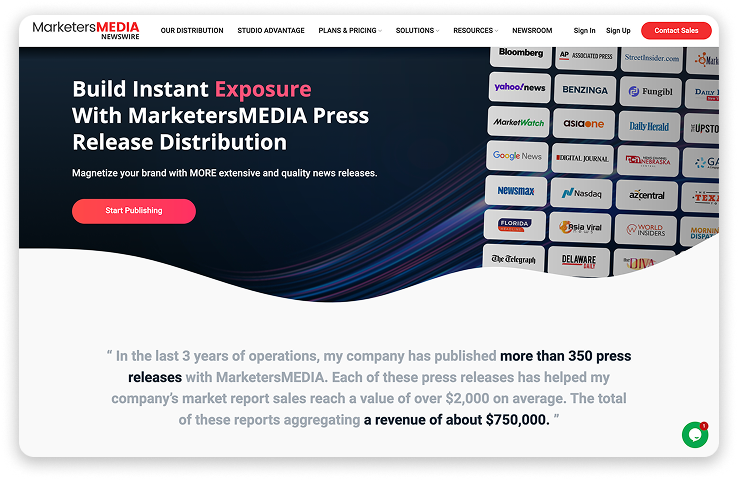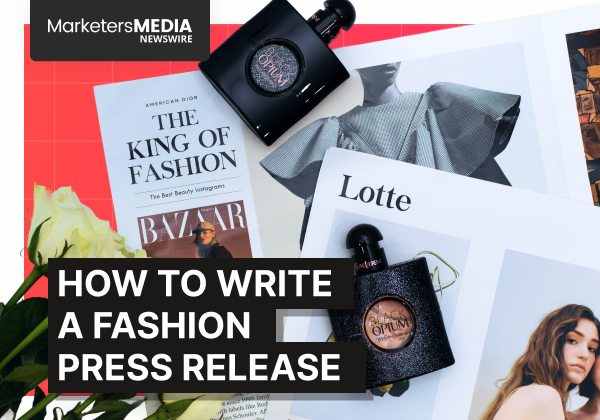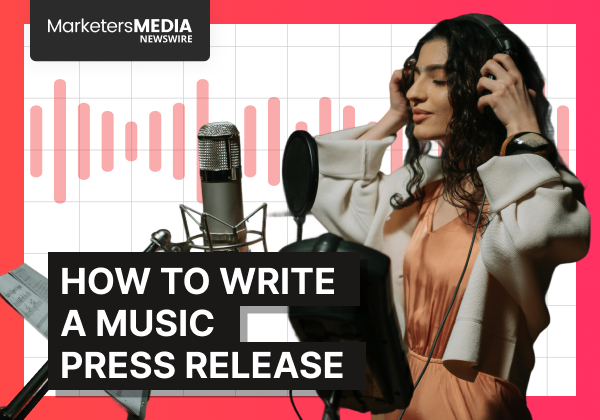Press releases have a formula: Headline, Summary, Dateline, Lead Paragraph, Body, Call-to-Action (CTA)...
And then, the Boilerplate. Right before you hit the Contact Information.
If you’ve ever looked at that section and thought, what the heck am I supposed to write here?, this one’s for you.
The boilerplate might not get the same attention as the headline or the lead, but in the PR world, that last paragraph pulls more weight than people realize.
In this guide, we’re breaking down:
- What a boilerplate actually is
- Where it lives in your press release
- What to include (and what to leave out)
- How to write one that sounds human
- And real examples to help you piece yours together
You'll find everything you need to build your first boilerplate or refresh an outdated one from 2013.
This post will help you write a version that's clear, useful, and press-ready. Let's get started.
What is a Boilerplate in a Press Release
A boilerplate is a short, standard paragraph at the end of a press release that gives readers a quick overview of your company—who you are and what you do.
It stays consistent in every press release you send out, unless something significant changes with your company.
It appears after the main body and the call-to-action, right before the contact information. Simply begin this section with “About [Company Name]” and follow with a few clear, informative sentences.
The boilerplate helps journalists and readers quickly understand the organization behind the announcement. Once you have one written, it becomes a go-to piece for future releases.
What to Include in a Press Release Boilerplate
Your boilerplate doesn’t need to be long, but it does need to pack in the right details.
Here’s what a good boilerplate typically includes:
- Brief summary of what your company does
- Company founding date or history
- Mission and core values
- Products or services overview
- Your customers or industry (i.e. who you serve and how)
- Milestones or credibility points (i.e. size, reach, user counts, awards, etc.)
That said, you don’t need to include everything here—just stick to what helps people quickly understand your business.
And if your company grows or changes, no problem. You can always tweak your boilerplate later.
How to Write a Press Release Boilerplate
Now that you know what components to include, let's walk through the actual process of crafting your boilerplate, step by step:
Step 1: Draft your company description
Who are you, and what do you do?
Example: “EcoShift is a California-based manufacturer of compostable food packaging for restaurants and grocers.”
Step 2: Mention your customers or industry
Briefly describe who you serve or the market you operate in. This helps readers place you in context.
Example: “The company supplies independent grocers, national chains, and meal kit providers across the West Coast.”
Step 3: Add a bit of history or scale
Include your founding year, company size, or another basic milestone to round out the picture.
Example: “Founded in 2016, EcoShift now works with over 3,000 businesses and operates two regional fulfillment centers.”
Step 4: Include your mission or what sets you apart
If your mission, values, or unique approach play a big part in your identity, give them a line.
Example: “Its mission is to reduce plastic waste in the food industry through practical, plant-based alternatives.”
Step 5: Drop in a credibility builder—only if it adds something
This could be:
- Awards (reputable ones only—“Voted Best Software by Mom’s Basement Blog” doesn’t help)
- Key partnerships
- Notable clients
Example: “Its clients include several Fortune 500 logistics firms and regional operators alike.”
Now that you have the building blocks, let's look at some practical tips to make your boilerplate truly shine.
Boilerplate Writing Tips
To create a boilerplate that journalists actually want to read:
- Keep it concise. Aim for 100 words maximum, and keep it one paragraph, maybe two if you really have to.
- Write in third person. Use your company name or “the company” instead of "we" or “our”. It should read like someone else wrote about your company.
- Use plain language. Industry jargon confuses readers who aren't familiar with your field.
- Focus on today. Highlight what your company currently offers, with just enough history for context.
- Include specific numbers. Stats like customer count, years in business, or reach make it more credible.
- Cut unnecessary adjectives. Replace "innovative solution provider" with specific descriptions of what you actually do.
- Update regularly. Review your boilerplate at least annually to ensure it remains accurate
Boom. Done.
With these steps and tips, you've got everything you need to craft a boilerplate that does its job without putting readers to sleep.
But sometimes seeing is believing, so let's check out some real-world examples that nail it.
Press Release Boilerplate Examples
Example 1: Tech/SaaS
This boilerplate nails the essentials in just two sentences. It immediately tells you what Flixier does and its key value proposition—browser-based video editing without special hardware. The founding year establishes legitimacy, while the specific metrics (190 countries, 2000 hours monthly) provide impressive social proof.
Notice how it avoids technical jargon while still clearly explaining a complex service. By focusing on the user benefits rather than technical features, it makes the platform accessible to journalists who might not be tech experts.
Example 2: Consumer Brand
Why does it work?
HatCountry's boilerplate tells a compelling growth story—from small family stand to global retailer—that adds character to the brand. It balances history (founded 1973) with current positioning (leading online retailer).
The specific location details add credibility, while mentioning recognizable partner brands (Stetson, Resistol) creates instant industry context. The customer rating (4.9 stars) serves as external validation rather than self-promotion.
This boilerplate gives journalists everything they need to understand both what HatCountry sells and what makes them special in their market.
Example 3: B2B Service Provider
Why does it work?
This boilerplate immediately tells you what ClientCue is and the problem it solves. Including the founders' names creates a human connection behind the technology.
Rather than making vague claims about being "innovative," it focuses on specific benefits: time savings, cost reduction, and improved efficiency.
The origin story explains why the product exists in the first place, giving journalists context they can include in their reporting.
The language stays refreshingly jargon-free while still communicating that this is sophisticated software, making it accessible to both tech and non-tech journalists.
Example 4: Mission-Driven
IMA's boilerplate builds credibility from the first sentence with both status (federally registered nonprofit) and prestigious association (Johns Hopkins alums).
Instead of just claiming values, it demonstrates them through specific program elements like "hands-on clinical experience" and "cultural immersion." The "award-winning" descriptor adds validation without distracting from their core mission.
Each sentence has a clear purpose, moving from establishing legitimacy to explaining their offering to reinforcing leadership. The focus stays firmly on their educational impact rather than organizational accomplishments, reflecting their mission-driven nature.
Example 5: Small Business/Startup
Why does it work?
Pono's boilerplate cleverly turns their Hawaiian location into a brand advantage by connecting it to their values. The founder mention adds credibility to this smaller company.
The phrase "AI-enhanced, ethically grounded" efficiently communicates both technological sophistication and responsible practices.
Explaining the meaning behind their name ("pono" meaning integrity) adds cultural depth while reinforcing their ethical stance.
The service breakdown in the final sentence shows a complete business model rather than just a product offering. By connecting their work to community safety, they elevate their purpose beyond profit, differentiating them from generic security companies.
Each of these boilerplates was written with purpose. They show how to share just enough—without overexplaining—so readers understand what a company does, why it matters, and where to learn more.
What’s next?
Use this as your reference when writing your next press release. And if you're planning to get your press release out into the world, you can always send it through a reputable newswire (like ours) that reaches hundreds of media outlets in one go.

Free Press Release Template
Tell us where to send your PDF:














